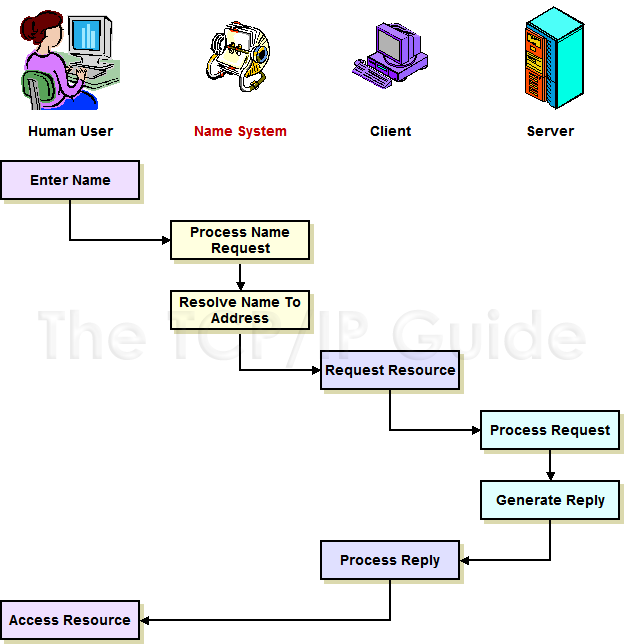 |
|
Please Whitelist This Site?
I know everyone hates ads. But please understand that I am providing premium content for free that takes hundreds of hours of time to research and write. I don't want to go to a pay-only model like some sites, but when more and more people block ads, I end up working for free. And I have a family to support, just like you. :)
If you like The TCP/IP Guide, please consider the download version. It's priced very economically and you can read all of it in a convenient format without ads.
If you want to use this site for free, I'd be grateful if you could add the site to the whitelist for Adblock. To do so, just open the Adblock menu and select "Disable on tcpipguide.com". Or go to the Tools menu and select "Adblock Plus Preferences...". Then click "Add Filter..." at the bottom, and add this string: "@@||tcpipguide.com^$document". Then just click OK.
Thanks for your understanding!
Sincerely, Charles Kozierok
Author and Publisher, The TCP/IP Guide
|
|
|

Custom Search
|
|
Name System Overview and Motivation
(Page 3 of 3)
Factors That Determine the Necessity of a Name System
It's much easier to remember the names of resources; when a name system is implemented, you just enter the name of a device and the name system converts it to an address, as shown in Figure 230. This is why name systems are so important, even if they aren't needed by the networking technologies themselves. (In fact, the reliance on name systems like DNS is so significant that many people don't even realize they can enter IP addresses into their Web browsers!)
|
More generally, the importance of a name system depends greatly on the characteristics of the network upon which it is used. The three main issues in determining the need for a name system are:
- Network Size: If you have a really small
network with only a handful of computers, having human users remember
the numeric addresses for these machines is at least feasible, if not
ideal. For example, a small home network with two or three machines
doesn't really need a name system, in theory. If you have
thousands or millions of devices, however, the name system becomes essential.
- Address Size and Complexity: The more
complex the numeric addressing scheme, or the larger the numbers used,
the more difficult it is for humans to remember the numbers.
- User Base Size and Skill: In the early days of networks, a small number of highly-skilled and well-trained engineers used them, and these people sometimes just memorized the numbers of the machines they worked with every day. In modern networks with thousands or millions of “lay” users, expecting the average person to remember device numbers is not reasonable.
Looking at these issues, we can see that the trends in today’s networks are all in the direction of increasing the importance of name systems. Our networks, both private and public, are growing larger, and we have more people using them, including more people without a technical background. We are also increasingly moving from small addresses to larger ones. The best example of this is the upcoming change to the Internet Protocol. While DNS is important for the 32-bit addresses used in IP version 4, it's even more important for dealing with the enormous 128-bit addresses of IP version 6.
|
|
| |||||||||||||||||||
Home - Table Of Contents - Contact Us
The TCP/IP Guide (http://www.TCPIPGuide.com)
Version 3.0 - Version Date: September 20, 2005
© Copyright 2001-2005 Charles M. Kozierok. All Rights Reserved.
Not responsible for any loss resulting from the use of this site.








 Key Concept: Networking name systems are important because they allow devices to be assigned efficient numeric addresses, while still enabling humans to access them using names that are easier to remember. Name systems become more important as you increase the size of the network, the address or the user base. They are also more essential when the user base is limited in skill or experience.
Key Concept: Networking name systems are important because they allow devices to be assigned efficient numeric addresses, while still enabling humans to access them using names that are easier to remember. Name systems become more important as you increase the size of the network, the address or the user base. They are also more essential when the user base is limited in skill or experience.